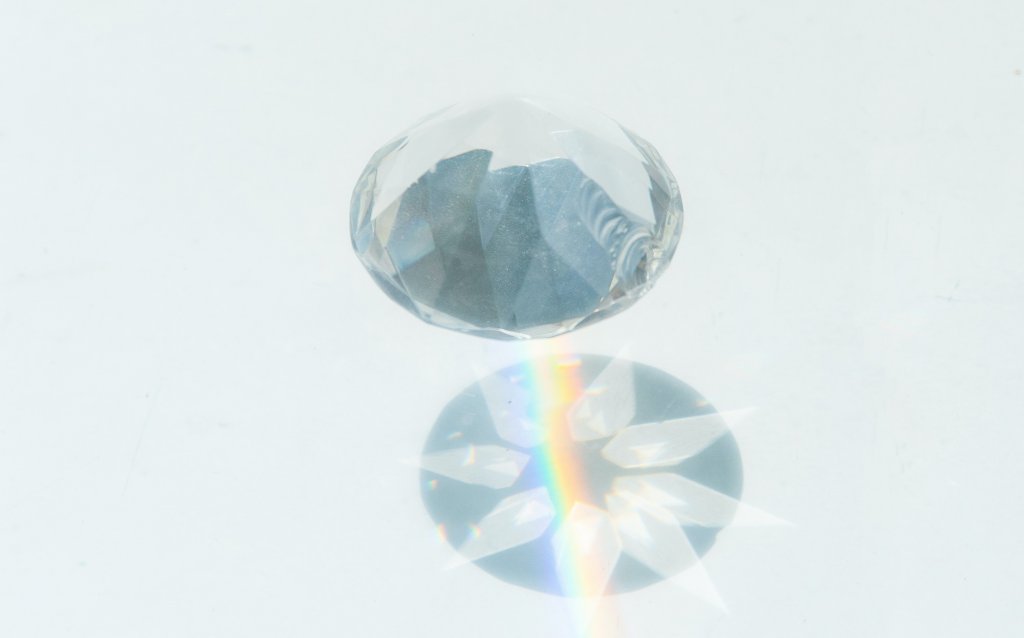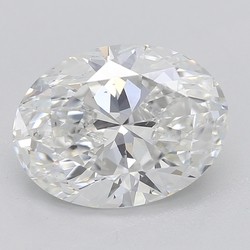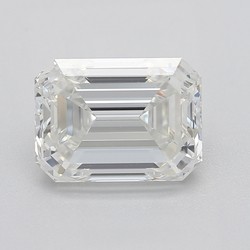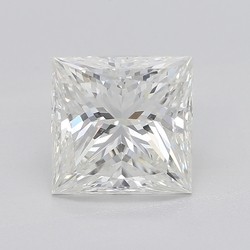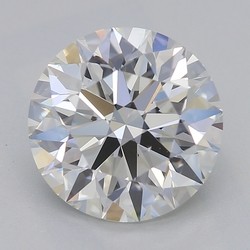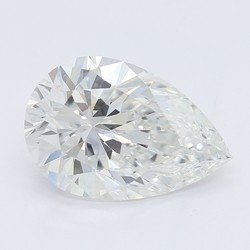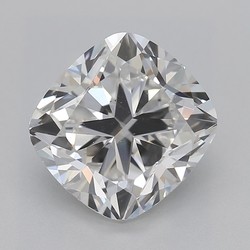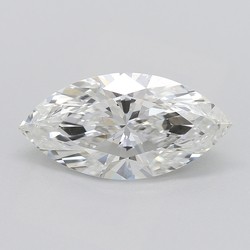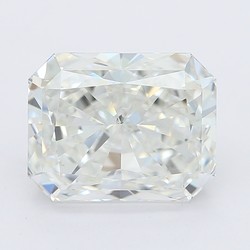This Diamond Cut Outsparkle The Rest – An Insider’S Guide
Key Takeaways
- The Round Brilliant diamond shape is perfect for generating an incredible amount of fire and brilliance, making it the most sparkly shape you could invest into.
- Plenty of other shapes – and, in particular, the modified brilliants – will produce a gorgeous display of fire and brilliance, however, so it’s not worth resigning yourself to your second choice just for the sake of a little extra sparkle.
- In any shape, the key to getting the most out of it is to focus on a high Cut grade (Excellent or Very Good only), and, of course, to ensure that it’s eye clean.
- Step Cuts like the Emerald and Asscher produce the lowest amount of sparkle, but that’s part of their unique beauty, and no reason to avoid them altogether.
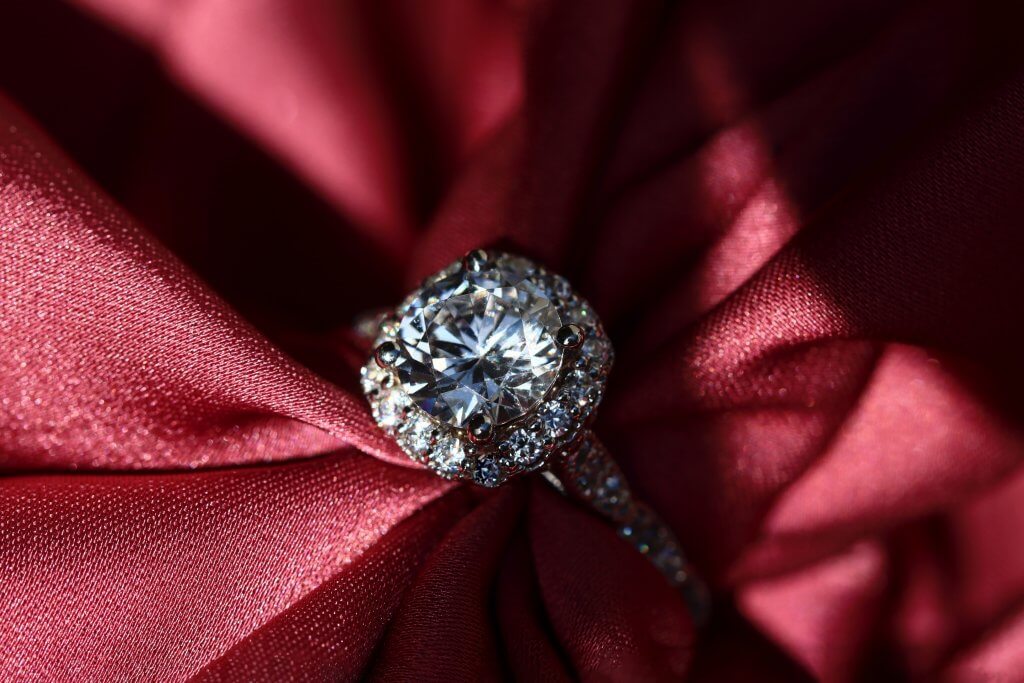
Brilliance, fire, and scintillation – these are the three words you will hear more than any other when you start seriously looking at diamonds. Of course, they all refer to one key feature – the diamond’s sparkle – but, individually, they refer to white light, colored light, and the way the diamond is brought to life under moving light sources.
Combined, they represent the very reason why so many of us are won over by the diamond, above all other gemstones.
Sparkle is one of diamond’s key properties, but getting the very most sparkle is not always a walk in the park. Many factors impact the extent to which a diamond will sparkle and, whatever cut or shape we’re leaning towards, it pays to know how your chosen diamond will be affected.
First Off, the Key Difference Between Cut and Shape
More often than not, the terms ‘cut’, and ‘shape’ are used interchangeably, but it pays to know the difference – although both factors impact a diamond’s sparkle.
Shape refers to the diamond’s design – its silhouette – and does not give any indication of a diamond’s quality. For instance, Round, Pear, Oval, Heart and Emerald are all common diamond shapes.
These are often referred to as diamond cuts, although the subject of ‘Diamond cut’ is a totally different one.
When we’re talking about the Four Cs, cut refers to many aspects that influence a diamond’s quality. For instance, the diamond’s depth and table, proportions and symmetry. High quality diamonds with high symmetry, ideal proportions and excellent polish will sparkle far more than those with lower grades in this area – although there’s much more to it than that, and something any shopper should look into before reaching for their wallet.
For now, however, we’ll take a look at those shapes – namely, which one sparkles the most, and why.
What Causes a Diamond to Sparkle?
The many precise facets cut into a diamond’s surface after it is taken from the earth mean that light is refracted and dispersed through the stone and transformed into sparkle, while its high shine means that a small amount of light is instantly reflected, creating even more sparkle.
The facets, or faces, are the many angled surfaced you can see on any cut diamond. The table – a larger, flat surface at the very top of the diamond – represents the largest facet, surrounded by the crown of the diamond. It is through this area that most sparkle is released, although the entire structure of the diamond is necessary to creating brilliance, fire, and scintillation.
Dispersion is the key to creating separate flashes of white light (brilliance) and colored light (fire), a process also central to creating the darker areas within the stone, which lend more contrast to those bright flashes.
How Does Diamond Shape Affect Sparkle?
Different shapes feature different numbers and arrangements of facets, creating totally different light performances.
Each facet is angled slightly differently to the facets surrounding it. As the light moves over the diamond, each facet will ‘spark’ individually, bringing the diamond to life with countless flashes of light that seem to shine from within.
This is why step cuts (like Asscher and Emerald cut diamonds) do not appear quite as lively as brilliant and fancy cuts. With longer facets, light has more space to travel across each facet, meaning that step cuts appear to shine rather than ‘spark’ under the light.
So, Which Diamond Cut Sparkles the Most?
The Round cut – also known as the Round Brilliant – takes the crown as the most sparkly diamond shape out there. But, like any shape, it has to be cut to a high quality in order to truly shine.
It should come as no surprise, then, when we tell you that the Round Diamond Shape remains the most popular choice for engagement rings.
While the Round diamond is the most traditional shape out there, its current form only came into existence in 1919. Specifically engineered to provide the most brilliance, fire, and scintillation possible, it remains unrivalled in its ability sparkle more than any other diamond cut.
The Round Brilliant diamond features a total of 57 facets (provided it has no culet at its base). A small number of Round cut diamonds are cut to a high enough standard that they create a pattern of hearts and arrows across the table and crown, discernible from a specific angle. These diamonds are aptly known as hearts and arrows diamonds, although any Round diamond with an Excellent grade of cut will offer the same level of sparkle.
What Are Modified Brilliant Diamonds?
Certain shapes are cut according to the facet pattern of the Round Brilliant, ensuring a high degree of sparkle, although they are not round. These are also highly popular in engagement rings.
Cushion cut diamonds, Ovals, Pears and Marquise diamonds all represent modified brilliant cuts. They offer a high degree of sparkle, created via a complex arrangement of small facets, though not as much as the perfectly proportioned Round cut.
So, do modified brilliant diamonds sparkle?
Yes – provided they are cut to a high standard (as any diamond shape should be) and free from noticeable inclusions and blemishes, very one of these diamonds will offer an incredible light performance.
What Color Diamond Sparkles the Most?
Color does not determine how much a diamond sparkles. Cut quality, shape, and, to a lesser extent, clarity will determine how much it sparkles.
Nevertheless, we would always recommend that shoppers stick to the Near Colorless category for diamonds, comprising the color grades G, H, I and J. While picking a diamond with a noticeable yellow tint is not going to diminish sparkle (unless, of course, that diamond features a poor cut quality or visible inclusions) it will negatively affect the diamond’s appearance.
In other words, while cut is the most important, neither color nor clarity can afford to ‘fall by the wayside’ or take a backseat entirely. An exquisitely cut L-color diamond will still appear yellow, no matter what.
How Do I Make My Diamond Sparkle More?
Keep it clean and, if it ever sustains any minor surface damage, take it to get polished by your jeweler.
First things first, you can’t make a diamond sparkle more than its cut and shape allows. You’ll never get an Emerald cut to scintillate like a Round cut, just as you’ll never get a diamond with a cut grade of ‘Good’ to sparkle like a diamond with a cut grade of ‘Excellent’.
But, if your diamond is starting to look a little lifeless, then you can bring back that sparkle simply by learning how to care for your diamond ring.
Some ring setting styles do enhance a diamond’s innate sparkle. For instance, the bright white sheen of this Cathedral Platinum Engagement Ring offers the ideal complement to a sparkling diamond, while the cathedral elevates it higher above the finger and allows more light to pass into (and out of) the diamond.
Nevertheless, using your ring setting is only beneficial if your diamond has a high cut quality to begin with. Otherwise, it won’t yield the intended results.
So, What is Most Important for a Diamond to Sparkle?
The diamond’s cut, and its chosen shape, are the two driving forces behind a diamond’s sparkle.
While the Round cut is held as the ultimate diamond shape for maximum sparkle, however, there’s no need for you to let that stand in the way of personal preference. All diamonds will offer a strong and mesmerizing shine – and a great amount of sparkle – provided they have been cut to a very high standard.
In other words, if you’re looking at a Round cut diamond in one hand, and an Oval cut diamond in the other – and they have both been cut to the same excellent quality – you won’t notice much difference between the two.
Bringing out a diamond’s innate sparkle is a highly nuanced undertaking, and picking the perfect ring shape (and cut quality) for you is all about understanding the ‘rules’, and bending them to meet with your own personal tastes – and, more importantly, those of your future bride.
At the end of the day, the only way to feel sure that a diamond sparkles to your liking is to see it in person. Photos and videos can be useful, but they can’t recreate the organic movement created by the wearer’s hand – or the glittering results – so be sure to reach out to your local jewelry store before you make any decisions.
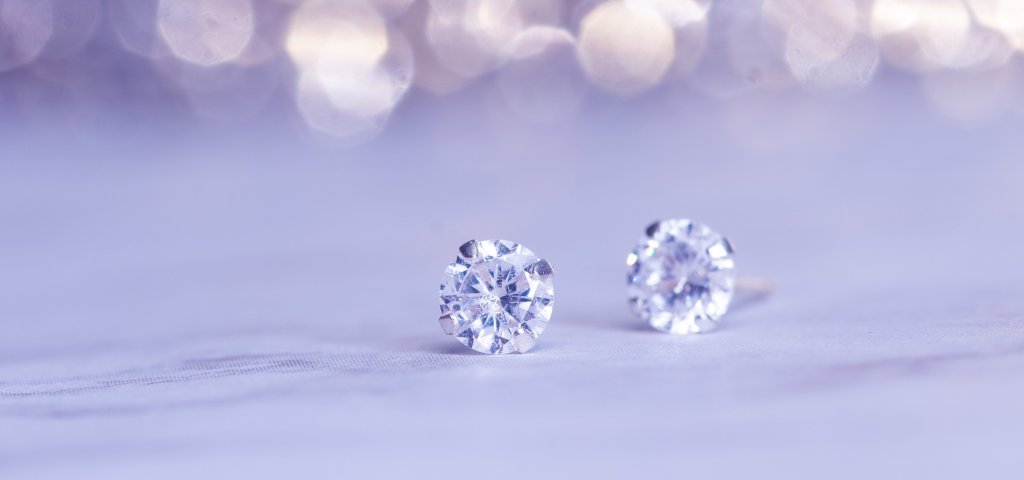
Mar 26, 2022 By Willyou.net
The Science Behind Diamonds’ Shine
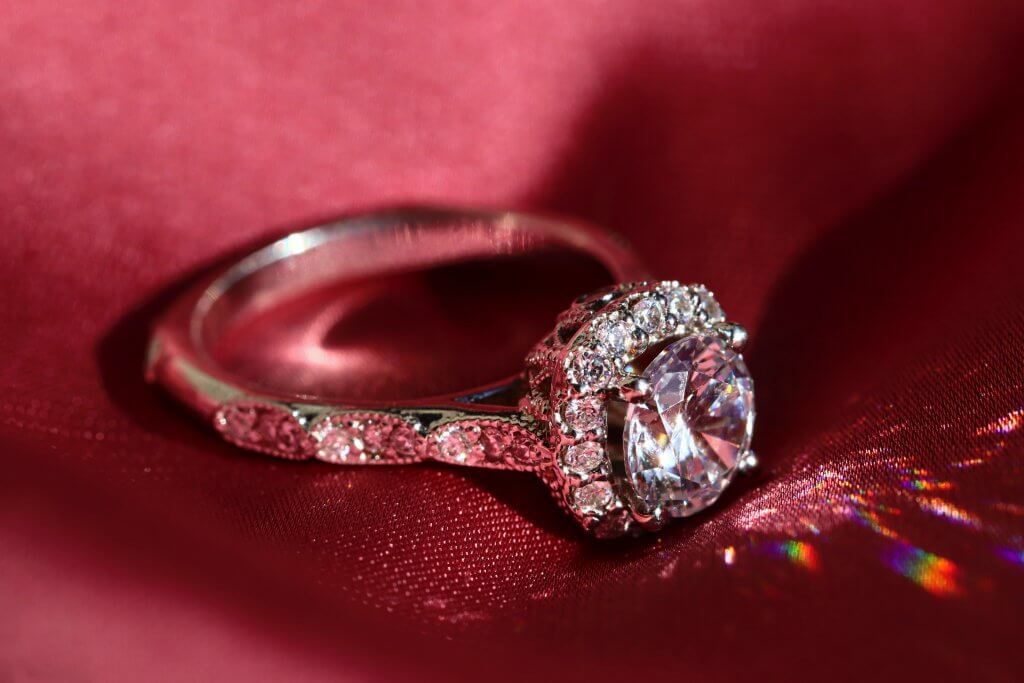
Sep 18, 2021 By Willyou.net
The Hidden Facts Of Diamond’S Polishing Grade
